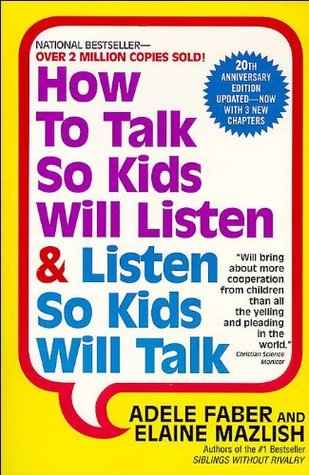We have an announcement! Divia has started a podcast, along with Ben Goldhaber, called Mutual Understanding.
In their own words:
mutual: a person you follow and who follows you back on twitter
This is a podcast dedicated to mutual understanding.
Divia and Ben have a bunch of fascinating mutuals who they’d like to actually understand. This podcast is an attempt to do that and bring you into the conversation too.
If you’ve been wanting more content from Divia, there is now much more out there and even more to come in the future!
You can find all the episodes here, with some episodes including video content here.
